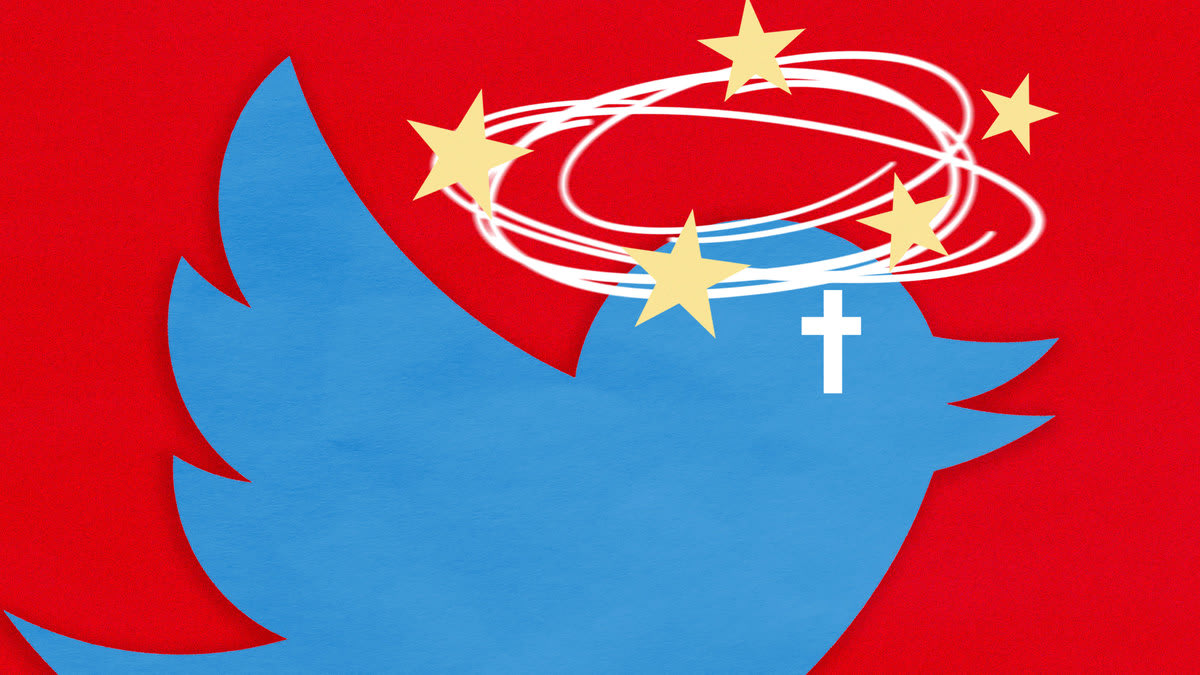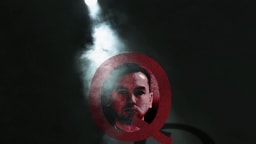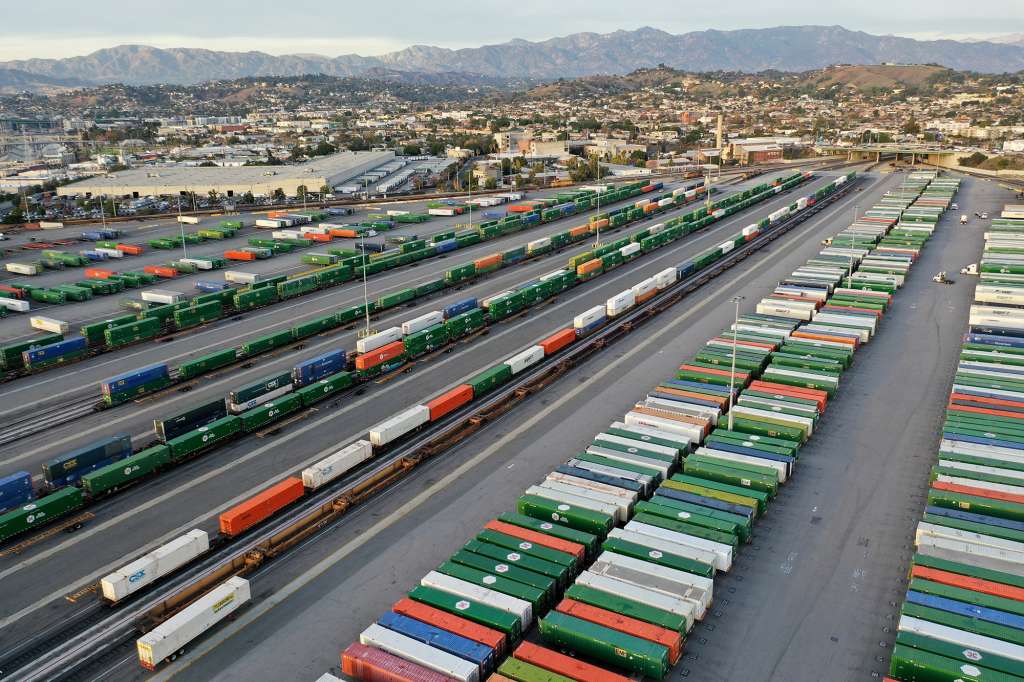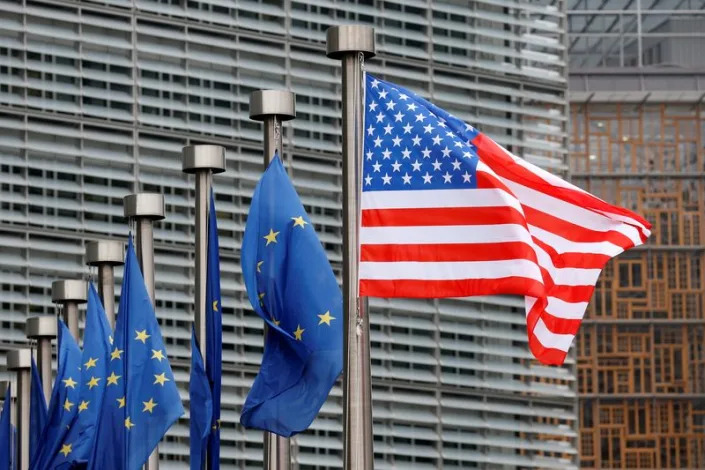NEW YORK — The world economy is lurching towards an unprecedented confluence of economic, financial, and debt crises, following the explosion of deficits, borrowing, and leverage in recent decades.
In the private sector, the mountain of debt includes that of households (such as mortgages, credit cards, auto loans, student loans, personal loans), businesses and corporations (bank loans, bond debt, and private debt), and the financial sector (liabilities of bank and nonbank institutions). In the public sector, it includes central, provincial, and local government bonds and other formal liabilities, as well as implicit debts such as unfunded liabilities from pay-as-you-go pension schemes and healthcare systems, all of which will continue to grow as societies age.
Just looking at explicit debts, the figures are staggering. Globally, total private, and public-sector debt as a share of GDP rose from 200 per cent in 1999 to 350 per cent in 2021. The ratio is now 420 per cent across advanced economies and 330 per cent in China. In the United States, it is 420 per cent, which is higher than during the Great Depression and after World War II.
Of course, debt can boost economic activity if borrowers invest in new capital (machinery, homes, public infrastructure) that yields returns higher than the cost of borrowing. But much borrowing goes simply to finance consumption spending above one’s income on a persistent basis — and that is a recipe for bankruptcy. Moreover, investments in “capital” can also be risky, whether the borrower is a household buying a home at an artificially inflated price, a corporation seeking to expand too quickly regardless of returns, or a government that is spending the money on “white elephants” (extravagant but useless infrastructure projects).
Such over-borrowing has been going on for decades, for various reasons. The democratisation of finance has allowed income-strapped households to finance consumption with debt. Centre-right governments have persistently cut taxes without also cutting spending, while centre-left governments have spent generously on social programs that aren’t fully funded with sufficient higher taxes. And tax policies that favor debt over equity, abetted by central banks’ ultra-loose monetary and credit policies, has fueled a spike in borrowing in both the private and public sectors.
Years of quantitative easing (QE) and credit easing kept borrowing costs near zero, and in some cases even negative (as in Europe and Japan until recently). By 2020, negative-yielding dollar-equivalent public debt was $17 trillion, and in some Nordic countries, even mortgages had negative nominal interest rates.
The explosion of unsustainable debt ratios implied that many borrowers, households, corporations, banks, shadow banks, governments and even entire countries, were insolvent “zombies” that were being propped up by low interest rates (which kept their debt-servicing costs manageable). During both the 2008 global financial crisis and the COVID-19 crisis, many insolvent agents that would have gone bankrupt were rescued by zero- or negative-interest-rate policies, QE, and outright fiscal bailouts.
But now, inflation, fed by the same ultra-loose fiscal, monetary and credit policies, has ended this financial Dawn of the Dead. With central banks forced to increase interest rates in an effort to restore price stability, zombies are experiencing sharp increases in their debt-servicing costs. For many, this represents a triple whammy, because inflation is also eroding real household income and reducing the value of household assets, such as homes and stocks. The same goes for fragile and over-leveraged corporations, financial institutions, and governments: they face sharply rising borrowing costs, falling incomes and revenues, and declining asset values all at the same time.
Worse, these developments are coinciding with the return of stagflation (high inflation alongside weak growth). The last time advanced economies experienced such conditions was in the 1970s. But at least back then, debt ratios were very low. Today, we are facing the worst aspects of the 1970s (stagflationary shocks) alongside the worst aspects of the global financial crisis. And this time, we cannot simply cut interest rates to stimulate demand.
After all, the global economy is being battered by persistent short- and medium-term negative supply shocks that are reducing growth and increasing prices and production costs. These include the pandemic’s disruptions to the supply of labour and goods; the impact of Russia’s war in Ukraine on commodity prices; China’s increasingly disastrous zero-COVID policy; and a dozen other medium-term shocks, from climate change to geopolitical developments, that will create additional stagflationary pressures.
Unlike in the 2008 financial crisis and the early months of COVID-19, simply bailing out private and public agents with loose macro policies would pour more gasoline on the inflationary fire. That means there will be a hard landing, a deep, protracted recession, on top of a severe financial crisis. As asset bubbles burst, debt-servicing ratios spike, and inflation-adjusted incomes fall across households, corporations and governments, the economic crisis and the financial crash will feed on each other.
To be sure, advanced economies that borrow in their own currency can use a bout of unexpected inflation to reduce the real value of some nominal long-term fixed-rate debt. With governments unwilling to raise taxes or cut spending to reduce their deficits, central-bank deficit monetisation will once again be seen as the path of least resistance. But you cannot fool all of the people all of the time. Once the inflation genie gets out of the bottle, which is what will happen when central banks abandon the fight in the face of the looming economic and financial crash, nominal and real borrowing costs will surge. The mother of all stagflationary debt crises can be postponed, not avoided.
Nouriel Roubini, professor emeritus of Economics at New York University’s Stern School of Business, is chief economist at Atlas Capital Team, CEO of Roubini Macro Associates, Co-Founder of TheBoomBust.com, and author of “MegaThreats: Ten Dangerous Trends That Imperil Our Future, and How to Survive Them” (Little, Brown and Company, 2022). He is a former senior economist for international affairs in the White House’s Council of Economic Advisers during the Clinton administration and has worked for the International Monetary Fund, the US Federal Reserve, and the World Bank. His website is NourielRoubini.com, and he is the host of NourielToday.com. Copyright: Project Syndicate, 2022.
www.project-syndicate.org
















